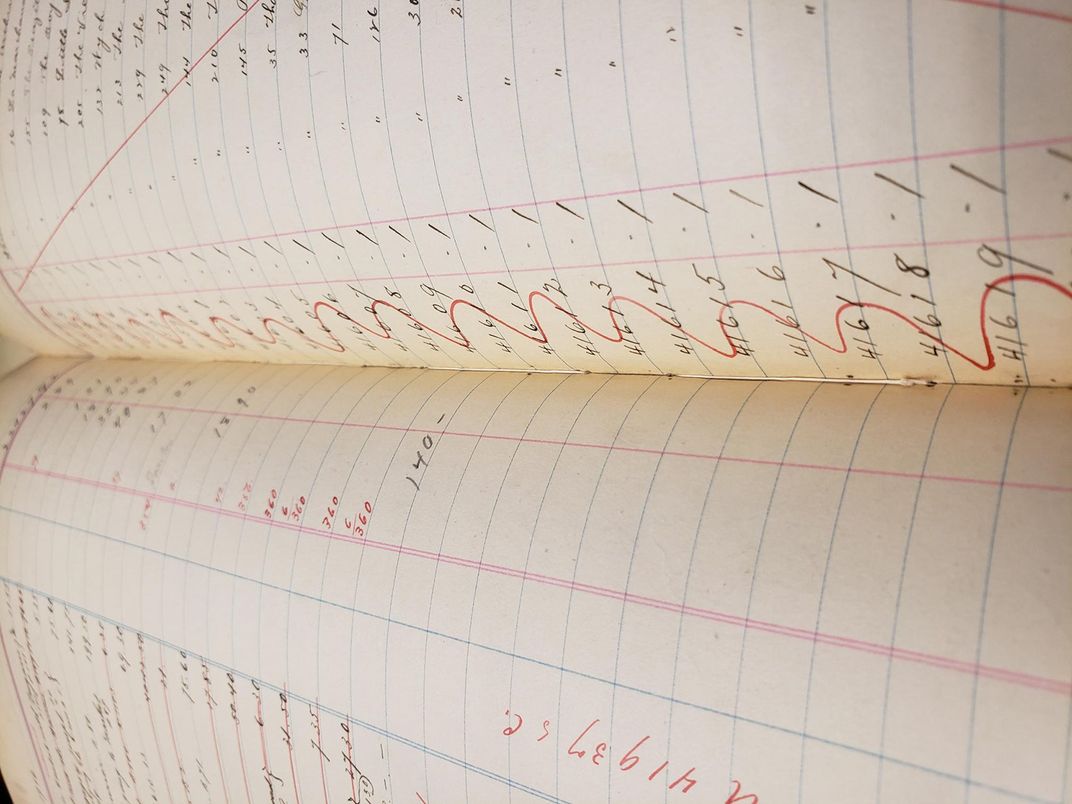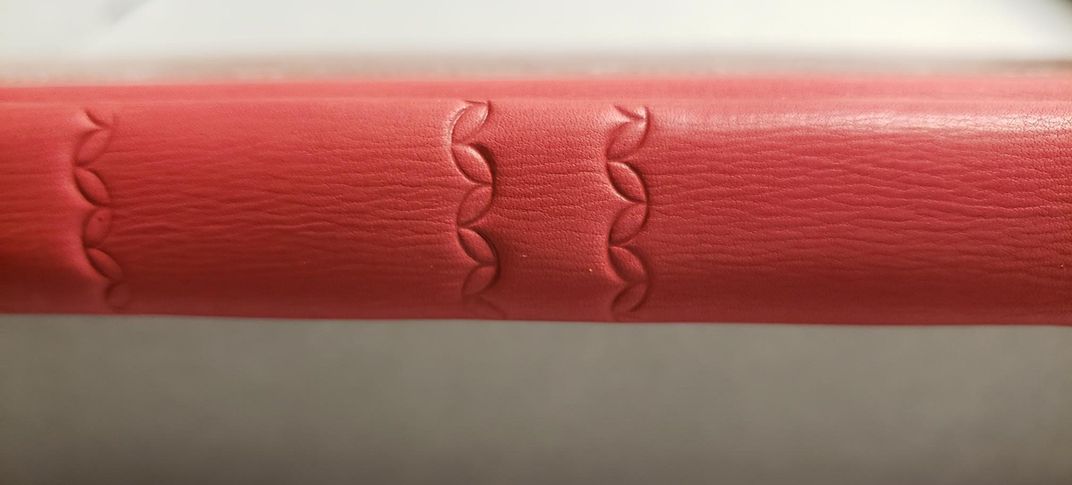Conserved H. Wunderlich & Company Stock Books Return to Their Former Splendor
The Archives of American Art recently received funding to conserve the H. Wunderlich & Company and Kennedy & Company stock books, which are now fully digitized.
:focal(792x541:793x542)/https://tf-cmsv2-smithsonianmag-media.s3.amazonaws.com/filer_public/11/85/1185c9f2-0fc6-40d5-a04d-7a27901bc901/more_fan_gray_background_siv.jpg)
The Archives of American Art recently received funding to conserve and digitize the H. Wunderlich & Company and Kennedy & Company stock books. A print gallery in New York City founded in 1874 by Hermann Wunderlich, H. Wunderlich & Company dealt in old master prints but also embraced contemporary artists, such as James Abbott McNeill Whistler and David Young Cameron.
After his death in 1892, Wunderlich’s partner, Edward Guthrie Kennedy, took over and in 1912 the gallery name changed to Kennedy & Company (and in 1952 to Kennedy Galleries). The gallery was one of the first in America and is still in existence today as a private dealer.
The Archives of American Art acquired the stock books of Wunderlich & Company in 1989 from Gerold M. Wunderlich, Hermann’s great-grandson. The books date from 1879 to 1915 and consist of 22 inventory ledgers that contain lists of all works collected and sold by H. Wunderlich & Company—including one volume from its successor, Kennedy & Company—and a consignment book of transactions by Wunderlich’s collaborator, print dealer Gustav Lauser, who bought and sold works by James Abbott McNeill Whistler.
The books are a key resource for anyone studying the provenance of artworks in America during the late 19th and early 20th centuries.

The books are a key resource for anyone studying the provenance of artworks in America during the late 19th and early 20th centuries.
Physically, the 23 volumes had significant losses, including missing or severely weakened spines, brittle pages, loss of hardcovers, and overall red rot and decay. These conditions made it difficult for researchers to use the books safely and any handling progressed their deterioration. Intervention was needed to ensure access to and preservation of the ledgers.
In 2020 the Archives received a grant from the Smithsonian Collections Care and Preservation Fund to conserve all twenty-two stock books and the additional consignment book. As most of the volumes were already unbound or had spines that were almost nonexistent, the methodology of incorporating digitization with conservation made most sense.
The volumes were turned over to a rare books conservator who completely unbound and dry cleaned each cover and page, mending pages where needed. The stabilized unbound volumes were then returned to the Archives to be scanned. The cleaning ensured that the material was safe for the digitization technician to handle, and the stabilization of each loose cover and page enabled the ease of scanning.
Had digitization occurred after rebinding, we would have risked damaging the newly mended spines, as each book would have needed to lie flat and be fully opened during scanning to ensure that the complete content on each page was captured. The high-resolution digital scans for each volume are now accessible on the Archives’ website.


Once fully digitized, the stock books were returned to the conservator for rebinding. The spines of every volume were resewn, and each book received a new leather binding with decorative tooling and new leather corners, dyed to match their original colors. Fully conserved, the stock books were returned to the Archives.
Now that the project is complete, the books can remain safely housed together in archival containers in climate controlled collections storage, while their contents remain online in perpetuity.

